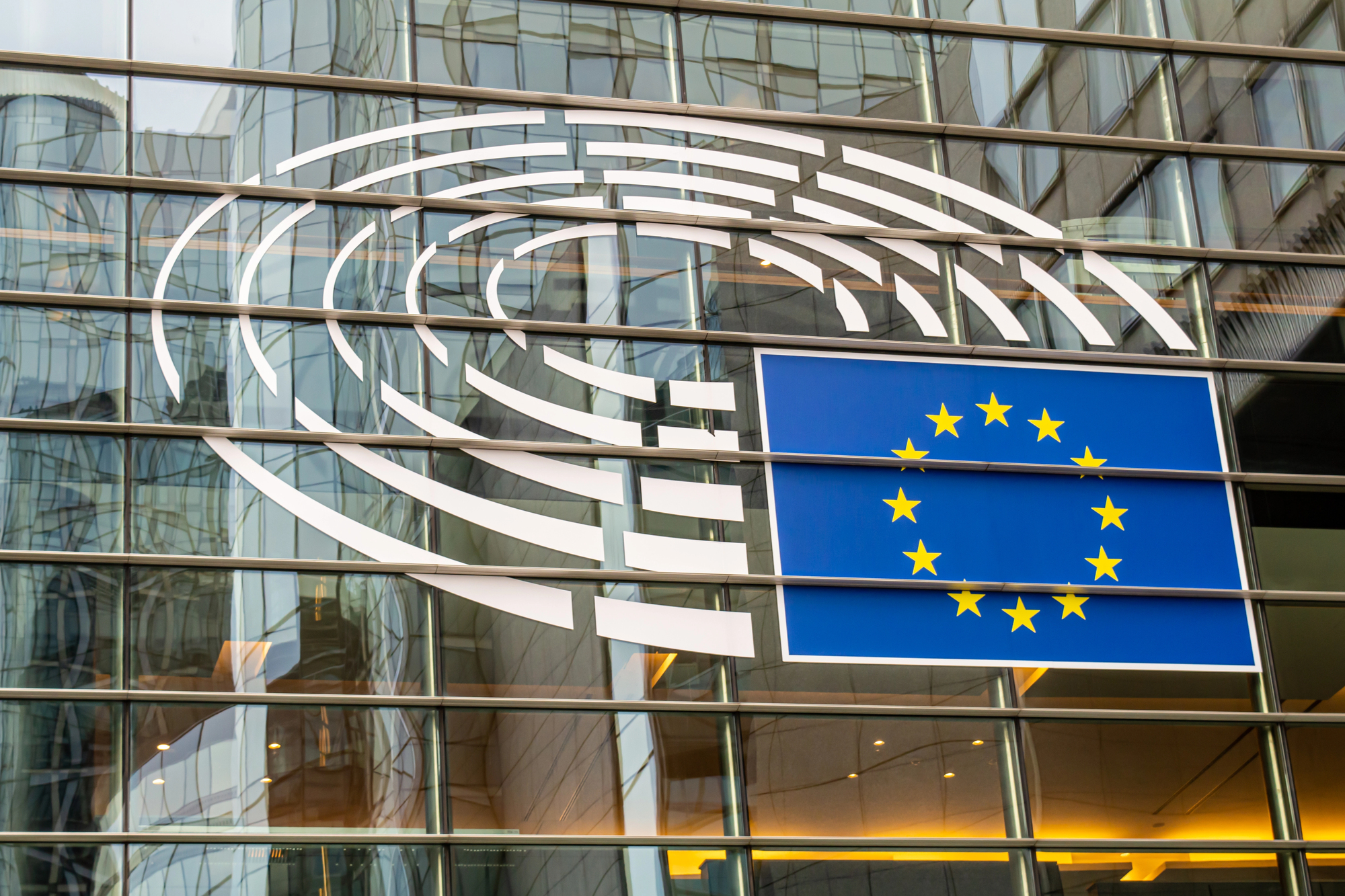A decision whether or not it makes sense to invest in military expenditures should weigh off different ways to increase Ukraine’s territorial integrity and its expected GDP, not just focus on military expenditures. And the debate should be based on marginal returns, not average returns.
In a recent column titled ‘Why Cutting Military Spending in Ukraine Does Not Make Sense’ Pavlo Kukhta argues that cutting military spending in Ukraine does not make sense for two reasons. First, because Ukraine spends less on military expenditures (relative to GDP) than other countries which faced similar circumstances. Second, because returns to military expenditures in Ukraine are huge:
“Military expenditures are one of the most (probably, the most) efficient categories of government spending in Ukraine in terms of their impact. The entire cumulative real military spending of Ukraine throughout its independent existence has already more than fully paid for itself, with possible yearly returns varying between 100% and 200%” (Kukhta, 2015).
And uses this as an argument why cutting military spending makes no sense.
“This makes military spending by far the most efficient category among government expenditures in Ukraine. With all the other categories being inefficient, bloated and routinely embezzled, any budget cuts should be conducted in them, not in military expenditures.”
While the first reason cited by the author is a good argument, this second argument seemingly sounds like a killer argument that will convince even the most sceptic reader: how can one not invest in something that gives a yearly return of over 100%. Indeed, with this knowledge, the Ukrainian financial sector and the oligarchs will soon be lining up to invest in Ukraine’s military.
Unfortunately, this argument is weaker than the numbers suggest for two reasons.
First, in the computations, the author assumes that the Ukrainian military efforts, determined by the cumulative military expenditures, have determined the shape of the current frontline and prevented the capturing of the remainder of the country. The author does however admit that other factors have played a role too, mentioning the role of ‘civilian citizens’
“It is thanks to these expenditures that the country has found itself in possession of an army, that – with a huge support from civilian citizens – was capable of successfully limiting the Russian occupation to Crimea and part of Donbas” (Kukhta, 2015).
The importance of these other factors has been stressed by others too.
Bulakh (2015) focuses on the role of volunteers:
“Some believe that through rapid self-organization the volunteer battalions and territorial defence units became the first force to deter the aggressor from moving further into Ukrainian territory”.
A recent VoxUkraine column by Yuriy Zhukov focuses on the economic roots of the conflict and concludes
“From a policy standpoint, the economic roots of the Donbas conflict should be seen as good news. Despite the ethnocentric media coverage of this war in Russia and the West, the data show that attempts to divide Ukraine along ethnic or linguistic lines are likely to fail. These results can also explain why the conflict has not spread beyond Donetsk and Luhansk. Home to a large concentration of enterprises dependent on exports to Russia, highly subsidized and traditionally shielded from competition, the Donbas became exposed to a perfect storm of negative economic shocks after the Euromaidan. No other region in Ukraine, or the former Soviet Union, has a similarly vulnerable economic profile. Without a compelling economic motive, a pro-Russian rebellion is unlikely to occur elsewhere in Ukraine [ highlights added]” (Zhukov, 2015).
One could also refer to the impact of the international sanctions, the impact of the collapse of the oil price or to the hypothesis that Putin doesn’t intend to capture the whole Ukrainian territory
“But looming behind these six reasons why Putin won’t go further are his strategic goals, which do not include the seizure of Ukrainian territory as such but rather “the establishment of control over Kyiv with the help of ‘a special status’ for a certain territory completely under Moscow’s political control” (Goble, 2015).
Disentangling the contribution of all the above possible factors is extremely hard if possible at all. But if we give some credit to all of these factors we can get huge returns on investment in these other activities too. Over the last 20 years, the expenditures of the Ukrainian government on promoting civil society, promoting Ukraine abroad or making the Eastern regions less dependent on the export to Russia might well have been less than what Ukraine has spent on military expenditures. And given they also contributed to containing the loss of territory, they might well have an even higher annual return than military expenditures. In short, when Ukraine decides on how to protect its territory (or GDP) it should look at relative returns of different ways to protect its territory rather than just focus on military expenditures alone.
This brings us to a second issue with the 100 to 200% estimate. That return is an average return on past expenditures – it’s an average as some past defense expenditures clearly have been a waste of money. Think for example, about the money spent over the last 20 years on the military units in Crimea that betrayed Ukraine in the Spring of 2014. That ‘investment’ clearly wasn’t a 200% return kind of investment. So the estimated return is an average return, some military investments have paid off, others didn’t.
To decide about the optimal level of investment, one should not use the average return, however. Instead one should look at the marginal return. To understand why using the average return is not the relevant measure one can simply do the following thought experiment. Let’s invest the whole GDP in military expenditures. At 200% return, this suggest we will get next year a doubling of the GDP – which obviously isn’t going to happen – military expenditures can protect what others produce, but at best will have a small positive impact on GDP [1]. At low levels of investment, investment in military expenditures (as well as in other security enhancing measures), will have a high return: having no army (or no civil society) whatsoever is probably not a good idea. But at some point this return will get lower and lower – indeed, at some point a country will be protected to the extent that spending extra on the military (or civil society) will have no meaningful impact on security anymore. More general, even if past investments in the military had a high return, this does not guarantee additional investments will have the same return.
Of course, that Ukraine spends relatively less on its army than countries in similar circumstances (the first reason cited by Pavlo Kukhta), is one argument that could indicate that the marginal returns on military spending are still worthwhile. The same reason, however, is also likely to push up the marginal returns to other security enhancing measures.
To decide whether one should or should not invest in military expenditures, one should thus look at how additional investments in the military will reduce the expected loss of GDP, that is the marginal return. And compare this to the reduction in loss of GDP of investing in other ways of protecting the country, or to the additional GDP that can be obtained from investing in non-security but growth enhancing measures.
So the real thought experiment one should be doing is the following. What is the best investment in terms of GDP:
- Spending 1 % of GDP extra on the military
- Spending 1 % of GDP extra on supporting civil society
- Spending 1 % of GDP extra on convincing the international community to put more pressure on Russia
- Spending 1 % of GDP extra on paying civil servants better so corruption will reduce (something which will both increase security and stimulate the growth of the GDP)
- Spending 1 % of GDP extra on making the population more healthy.
- Spending 1 % of GDP extra on modernizing infrastructure.
- Spending 1 % of GDP extra on modernizing infrastructure.
- [Add your own prefered investment opportunities here]
Looking at these different options makes clear that the alleged huge return on military expenditures should not be used to shift away the debate from discussing whether or not military expenditures are the best way of protecting and growing Ukraine’s GDP.
Summarizing, a decision whether or not it makes sense to invest in military expenditures should weigh off different ways to increase Ukraine’s territorial integrity and its expected GDP, not just focus on military expenditures. And the debate should be based on marginal returns, not average returns.
Notes
Attention
The author doesn`t work for, consult to, own shares in or receive funding from any company or organization that would benefit from this article, and have no relevant affiliations

